Strength Training for Wrestlers (Detailed Program)
Reviewed by: Oleksiy Torokhtiy (21 years of Oly Lifting experience)
Wrestling is a highly demanding sport requiring strength, endurance, and agility. Should you use weight training for wrestling?
Weight training should be essential to any wrestler’s training program to build the strength and power to overcome opponents.
The following article will examine the importance of weightlifting for wrestling, its benefits, the best exercises, and further tips for effective training.
Weight training for wrestling is essential as it helps to increase both power and explosiveness, which will help you to win wrestling matches. Strength training will also improve athletic performance and endurance and reduce the risk of injury.
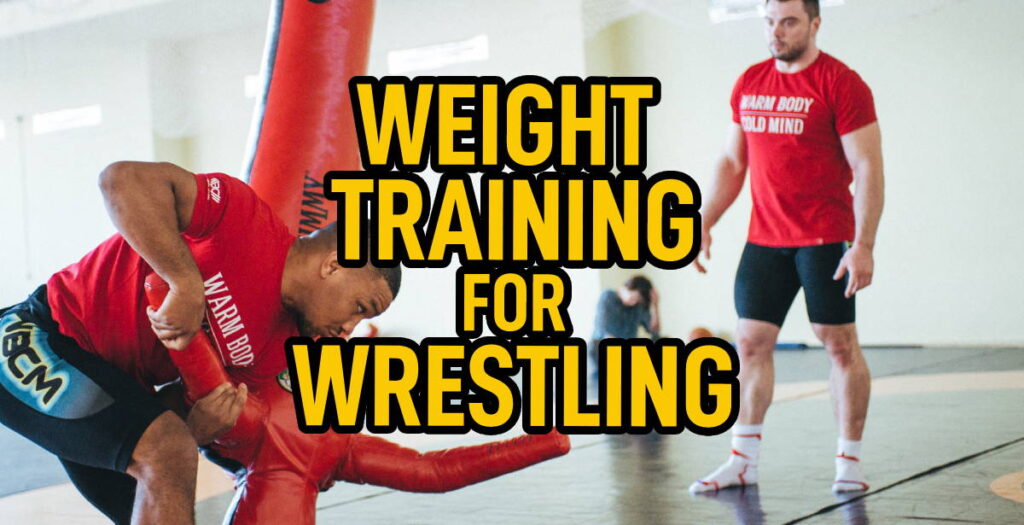
What’s Strength Training for Wrestlers?
If you are a wrestler, you will know that wrestling involves a ton of physical contact and that strength is vital to overpower and control your opponent.
A wrestling strength training program can develop the power and explosiveness you require for takedowns, escapes, and ultimately how to win those matches.
Your athletic performance will improve, while the risk of developing injuries will decrease. Also, as your strength and muscle mass improves, so will your ability to sustain this high-intensity activity for a prolonged period.
Benefits of Strength Training for Wrestlers
There are numerous benefits to be achieved by wrestlers who implement strength training into their regime. These benefits include:
Increased Power and Strength
During a match, a wrestler must be able to control and overpower their opponent. They will have to execute various moves, including takedowns and holds.
The more power and strength a wrestler has, the more likely they will win a match.
Prevents Injury
As with most contact sports, injuries are common in wrestling and sometimes may be career-ending.
By engaging in a strength training regime, a wrestler should be able to reduce their risk of injury.
Strength training for wrestling can help improve joint stability, which helps reduce the chances of encountering any strains or sprains while wrestling.
Building stronger muscles can also help reduce the impact of impact injuries as your body will be better able to absorb the impacts during a match.
Better Endurance
Wrestling matches can be long and grueling; therefore, athletes need sufficient endurance to last an entire match.
A wrestling weightlifting program can increase endurance, which will help the wrestler maintain power and strength throughout the match, even while fatigued.
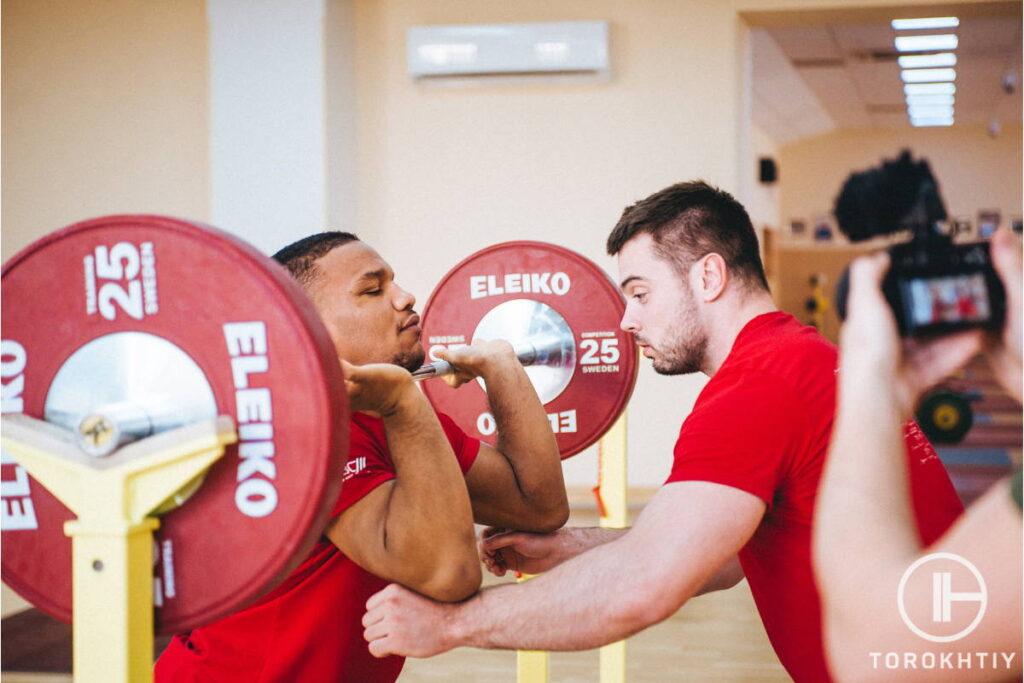
Increased Flexibility
Flexibility is vital for wrestlers as it enables them to execute moves that require a wide range of motion.
A wrestling lifting program can help improve an athlete’s flexibility, increasing their range of motion. Plus, as flexibility improves, the risk of injury will decrease as they will be less likely to experience a muscle pull or strain.
Improves Mental Toughness
Wrestling is not just a physical sport; you must also be tough mentally to succeed.
A wrestling weight training program can help develop this mental toughness, as it requires a lot of dedication and focus.
Wrestlers who can push through the discomfort experienced while strength training will be better able to handle the mental challenges of competition.
Strength Training Exercises for Wrestlers
Squats
Squats are a compound exercise shown to build strength in the lower body.
It is particularly effective at targeting the quads, glutes, and hamstrings, all of which are muscles essential for wrestling.
Squats can also help improve core strength and stability, which will help wrestlers maintain balance during matches.
Zercher Squats
The Zercher squat differs from a standard squat as the barbell is held in the crooks of the elbow rather than on your back.
This exercise will help strengthen the trunk, glutes, quads, and hamstrings. It is also a tremendous isometric hold for the shoulders and biceps, benefiting you in the underhook position while wrestling.
Deadlifts
Deadlifts are another essential exercise shown to build strength in the lower body.
This compound exercise targets the hamstrings, glutes, and lower back muscles, important muscles for explosive movements.
Deadlifts can also help improve grip strength, essential when holding onto an opponent while wrestling.
Power Cleans
The power clean is another compound exercise similar to the deadlift. However, it has one extra step to perform.
Rather than finishing the exercise just above the knees, the power clean ends in a front squat position.
The purpose of this exercise is not just to move the heavy dumbbell but to move the heavy weight as quickly as possible. The power clean builds explosive power, coordination, and speed.
Bench Press
Wrestlers looking to develop upper body strength should include bench presses in their strength training regime.
The bench press is a compound exercise that targets the chest, triceps, and shoulders, all used during pushing movements during a wrestling match.
This exercise can also improve core stability, which is crucial for maintaining balance.
Pull-Ups
This exercise is excellent for developing the back, biceps, and shoulders, all muscles used during pulling movements while wrestling.
Pull-ups are also great for improving grip strength, which will be of benefit while holding onto an opponent.
Lunges
Lunges are another great exercise to build lower body strength. It can be used as an alternative to squats or in addition to them, as they can also help build endurance.
As well as improving explosive movements, lunges can help improve balance and stability, which are crucial for maintaining balance during matches.
Farmer’s Walks
A farmer’s walk involves carrying a heavy weight in each hand while walking for a certain distance.
This exercise aims to build grip strength and endurance, targeting the forearms, biceps, and shoulders.
Thick Implement Training
The best wrestlers have strong grips, so you should implement some thick implement training into your regime.
You will often hold onto your opponent’s wrist during a wrestling match. The wrist is significantly wider than a dumbbell or barbell, so you should consider adding something to make the bar wider.
Consider some pull-ups using a thick rope too.
Core Exercises
Exercises that work your abdominal muscles, such as planks and Russian twists, are important as it helps you to brace against resistance during matches.
A weak core can have a massive impact on the outcome of a match, as can be the difference between achieving the takedown or being sprawled on.
Key Factors in Wrestlers’ Strength Training Routine
Before you start weight training for wrestling, there are a few factors to consider to see the best results. These factors include:
Your Diet
As a wrestler, you should avoid drastic weight gain. Otherwise, you will have to move up a weight class.
Unfortunately, to build muscle and strength, you will have to increase your calorie intake and, likely, your protein intake substantially.
Rather than drastically increasing your intake, it would be better to slowly increase your calorie and protein intake so that any gains are steady and easily managed.
Once wrestling training kicks in, you will be burning off these extra calories, so hopefully, you won’t experience too much weight gain, and any weight you gain will be manageable.
Specificity
It would be best if you focused on exercises that mimic the movements and demands of wrestling.
The primary muscle groups used in wrestling would be the legs, hips, back, and shoulders, so you should perform exercises that target these areas.
Progressive Overload
If you want to see gains in strength and size, you must gradually increase your weight over time. This is a process known as progressive overload.
The weight you lift and the number of repetitions performed greatly impact your gains.
A rep range of 1-5 per set will not be the best for you; it will be better for powerlifters looking to build brute strength.
Instead, opt for a range between 8 and 15 repetitions, as this will improve muscle quality, performance, and muscle endurance.
Variation
To keep your training fresh and challenging, you should incorporate different exercises, sets, reps, and rest periods into your routine.
This can help prevent boredom, help your body to adapt to new challenges, and avoid overuse injuries.
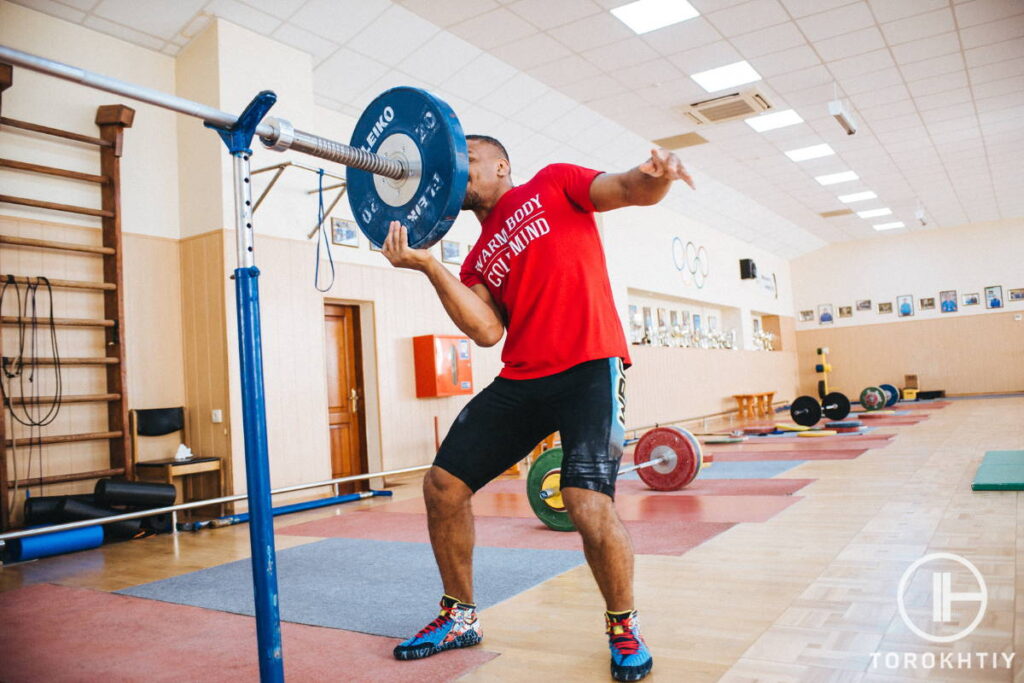
Find Balance
You have added strength training to your routine to become a better wrestler; you want to become stronger, faster and have more power.
However, lifting weights 6-7 days a week will mean you are not spending adequate time honing your wrestling skills.
Limit your weight training to 2-3 sessions a week, alongside your regular wrestling training.
Recovery
It would help if you took time to recover from each weight training session to prevent injuries and maximize your strength and muscle gains.
Sleep, hydration, and your diet all have a part to play in recovery, so look after yourself.
Wrestlers Strength Training Programming
Wrestlers should break down their strength training program into three stages; the prep phase, the strength training phase, and the competition phase.
Please warm up adequately before each workout to prepare your muscle tissue and reduce the risk of injury. A short jog on a treadmill or a couple of minutes on a stationary bike will suffice.
Now, let’s look at each phase in the wrestler’s strength training program:
Prep Phase
This phase aims to increase your fitness and strength levels without pushing yourself too hard.
Typically you will be performing these workouts in your off-season, so you can work out three times weekly, if not more if time allows.
It would help if you aimed to include the following exercises in your workouts:
- Squats
- Zercher Squats
- Power Clean
- Deadlifts
- Bench Press
- Pull Ups
- Core Exercises, such as planks and Russian twists
Each exercise should have a rep range of 12-15 reps, with three sets.
Strength Training Phase
During this stage is where you will typically gain the most strength. You should enter this stage around five weeks from the start of your wrestling season.
You will be performing the same exercises as the first stage but will be reducing the number of repetitions performed to 8-10 reps with four sets of each exercise. At this stage, you will aim to lift at 60-70% of your 1RM.
Competition Phase
This final stage is the competition stage, or maintenance stage, where you are not actively attempting to gain muscle or strength but instead attempting to maintain your gains in the off-season and during the strength training phase.
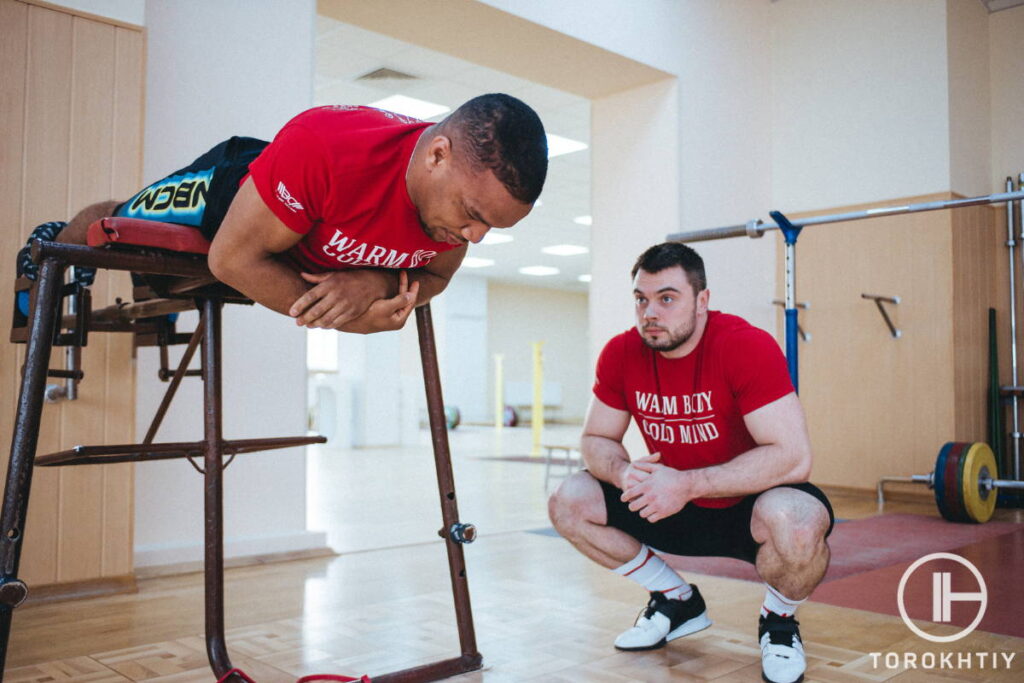
Again, you will perform the same exercises, lowering the weight and number of sets to two. The number of repetitions per set will increase to 15-20.
Basic Equipment You Need
To perform wrestling lifting workouts, the following equipment is needed:
Squat Rack
To perform squats safely, you will need a squat rack. Unfortunately, this is likely out of your price range for a home gym.
A more cost-effective alternative to a squat rack would be a pair of squat stands. It is worth noting that they won’t be as sturdy as a rack.
Barbell and Weight Plates
A barbell and weight plates are essential to perform many of the recommended exercises. It would be best if you had enough weight too.
Unfortunately for many, the cost and lack of usable space may make them impractical for the home gym; however, most gyms will have access.
Fat Gripz
Fat Gripz is a product that can be wrapped around dumbbells or a barbell to increase the diameter of the bar.
This is to make it more difficult to grip, helping to increase both forearm and grip strength. Both are essential for wrestling.
Flat Bench
If you add the bench press to your strength-building regime, you will need a flat bench.
Again, the cost and space needed may make this purchase impractical; however, if you have the funds, it should be high on your list of essentials.
Weightlifting Belt
If you are buying a barbell and weights, you should consider a weightlifting belt too.
A belt will help support your back while performing the recommended exercises.
FAQ
What Lifts Are Best for Wrestlers?
Compound exercises such as squats, deadlifts, bench presses, and power cleans are the best lifts for wrestlers.
Does Weightlifting Help Wrestlers?
Weightlifting can help wrestlers and offers a range of benefits, including increased power and explosiveness. Other benefits include improved athletic performance and less chance of injury.
How Often Should a Wrestler Lift Weights?
It is recommended that a wrestler lift weights 2-3 times a week. While strength training is important, you should leave room in your schedule for your wrestling training.
Conclusion
After reading the above article, you will know the benefits of strength training for wrestlers. If you are a wrestler, you should talk to your coach about implementing weight training into your regime.
If you have any further questions about strength and conditioning for wrestling, please leave them for us below.
Also read:
- Weight Lifting for Hockey
- Weight Training for Throwers
- Strength Training for BJJ Fighters
- Strength Training for Volleyball Players
- Strength Training for Golf Players
- Strength Training for MMA Fighters
- Strength Training for Sprinters
References:
- Strength training as superior, dose-dependent and safe prevention of acute and overuse sports injuries // BMJ: https://bjsm.bmj.com/content/52/24/1557
- Resistance training vs. static stretching: effects on flexibility and strength // NCBI: https://pubmed.ncbi.nlm.nih.gov/21969080/
- Effect of a Six Week In-Season Training Program on Wrestling-Specific Competitive Performance // NCBI: https://www.ncbi.nlm.nih.gov/pmc/articles/PMC9368167/
Why Trust Us?
With over 20 years in Olympic Weightlifting, our team does its best to provide the audience with ultimate support and meet the needs and requirements of advanced athletes and professional lifters, as well as people who strive to open new opportunities and develop their physical capabilities with us.
By trusting the recommendations of our certified experts in coaching, nutrition, dietology, and sports training programming, as well as scientific consultants, and physiotherapists, we provide you with thorough, well-considered, and scientifically proven content. All the information given in the articles concerning workout programming, separate exercises, and athletic performance, in general, is based on verified data. We ensure that you can rely on our professionals’ pieces of advice and recommendations that can be treated as personalized ones which will benefit you and fully meet your needs.
The product testing process is described in more detail here
Author: Sergii Putsov
Head of Sport Science, PhD
Best Results: Snatch – 165 kg,
C&J – 200 kg
Sergii Putsov, Ph.D., is a former professional weightlifter and National team member, achieving multiple medals in the 94 kg weight category at national competitions. With a Master’s degree in “Olympic & Professional Sport Training” and a Sport Science Ph.D. from the International Olympic Academy, Greece, Sergii now leads as the Head of Sport Science. He specializes in designing training programs, writing insightful blog articles, providing live commentary at international weightlifting events, and conducting educational seminars worldwide alongside Olympic weightlifting expert Oleksiy Torokhtiy.
Reviewed by: Oleksiy Torokhtiy
Olympic Weightlifting Champion
Best Results: Snatch – 200 kg,
C&J – 240 kg
Oleksiy Torokhtiy is a professional athlete boasting 20 years of experience in Olympic weightlifting. With multiple European and World titles under his belt, he has showcased his prowess in two Olympic Games (Beijing 2008 and London 2012). Upon concluding his illustrious career, Oleksiy dedicated himself to coaching. By 2022, he had conducted over 200 weightlifting seminars worldwide. He is the visionary behind an international sportswear and accessories brand known for its motto, “Warm Body Cold Mind.” Additionally, he is an esteemed author and the creator of a series of training programs and eBooks.

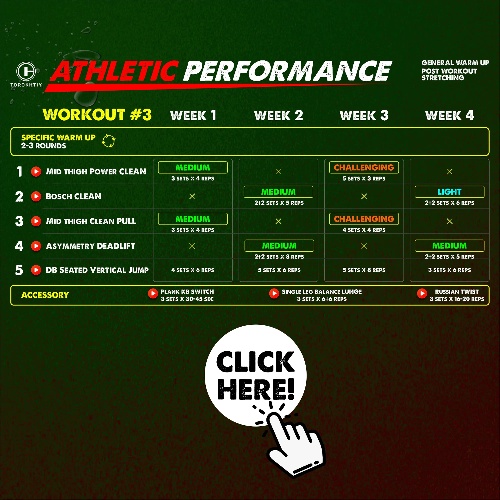


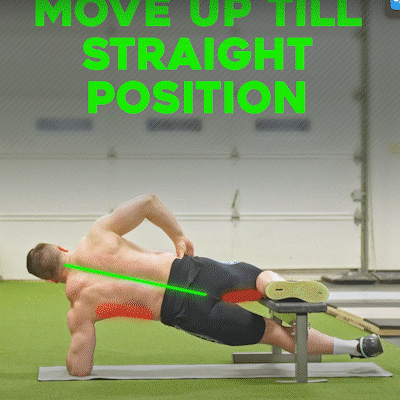



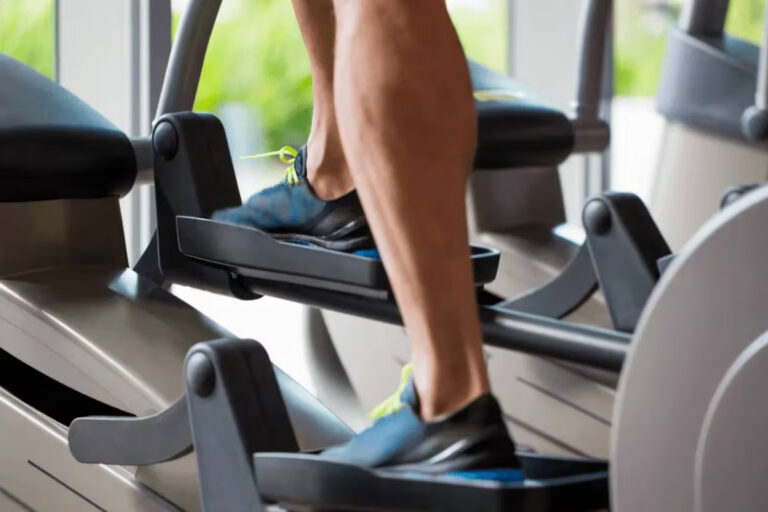

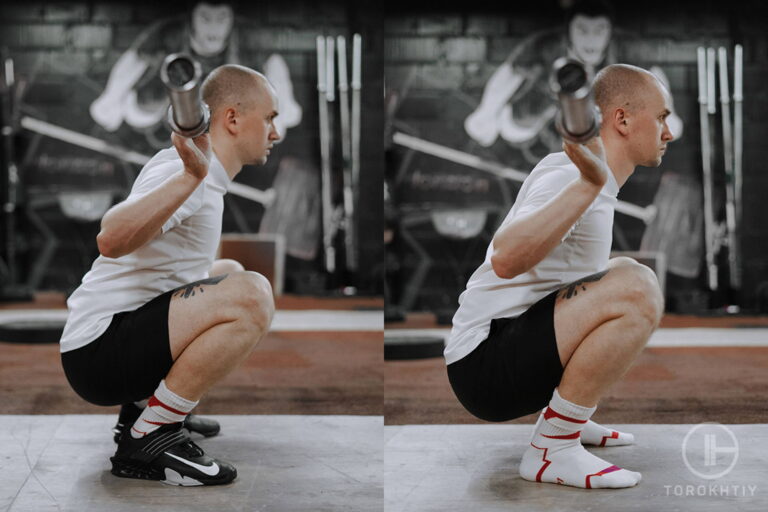
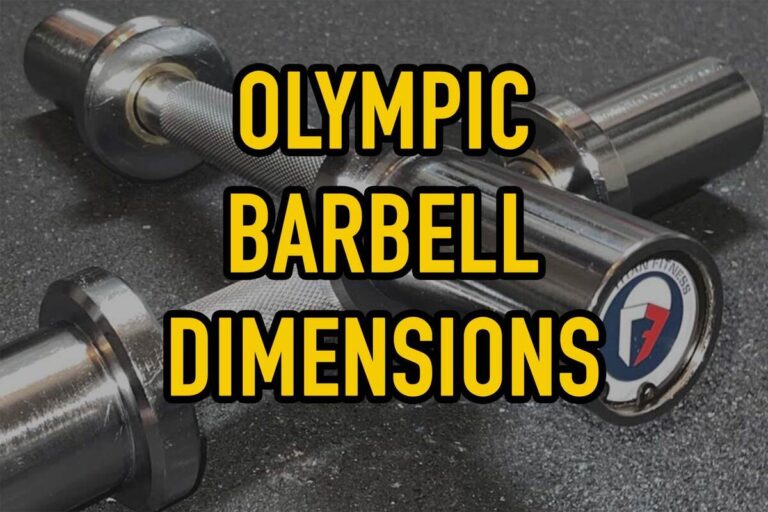
![Best Gifts for Personal Trainers in [Year]](https://torwod.com/wp-content/uploads/2024/02/personal-trainer-768x439.jpg)